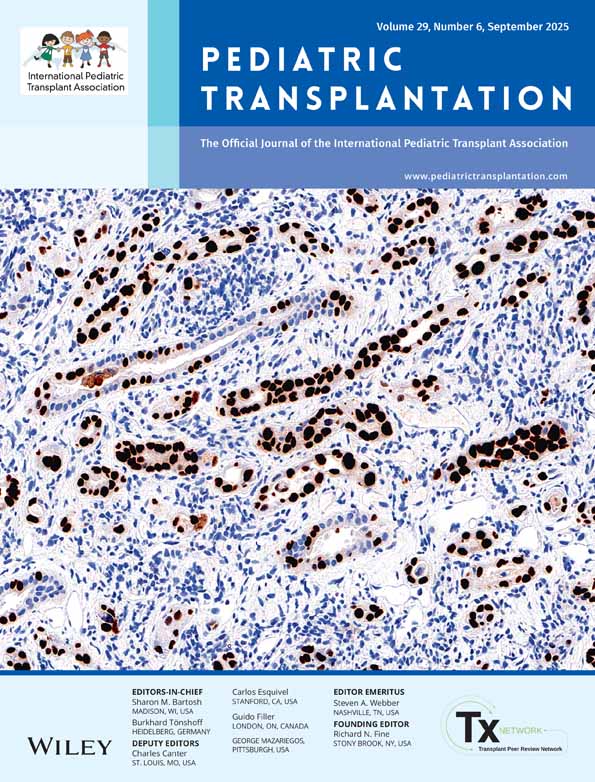Cognitive functioning in children on dialysis and post-transplantation
Portions of this study were presented at the American Society of Transplant Physicians, Chicago, 1998 and the 3rd International Congress on Pediatric Transplantation, Boston, 1998.
Abstract
Abstract: We studied 124 children, 62 patient-subjects who had end-stage renal disease (ESRD) and 62 sibling-controls who closely matched the patient-subjects in terms of their ethnicity and their socioeconomic status, to discern whether children with ESRD would perform less well than their siblings on standardized achievement and intelligence quotient (IQ) tests, and to determine whether ethnicity would influence such results. The subjects were recruited from nine pediatric transplant and dialysis centers across the United States. Thirty-one subjects were white (Euro-American), 17 were African-American, and 14 were categorized as ‘other’. The average age of the patient-subjects was 13.7 ± 0.44 yr; and of the sibling-controls 13.7 ± 0.38 yr. Most patients (61%) and siblings (84%) were in regular school classes, and most (87% and 92%, respectively) attended school full-time. The average IQ percentile rank for the patients was significantly lower than their siblings (31 ± 4 vs. 44 ± 5, respectively, with normal = 50). Patients tended to score lower on achievement tests compared with their siblings (spelling: 88.7 ± 4 vs. 94.6 ± 2; arithmetic: 88.5 ± 2 vs. 94.0 ± 2; reading: 91.9 ± 2 vs. 100 ± 3, respectively). Patients scores on achievement tests were influenced by age at diagnosis and by the mother/caregiver's lower achievement. Also, increased time on dialysis predicted lower scores on achievement tests. Neither dialysis/transplant status nor ethnicity significantly affected outcome. Our data suggest that ESRD, but not ethnicity or dialysis/transplant status, is a risk factor for lower IQ and academic achievement, especially in younger children, in children who spend more time living with ESRD, and in children whose mother's/caregiver's have lower educational levels.




